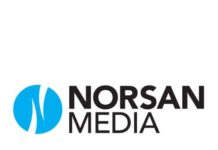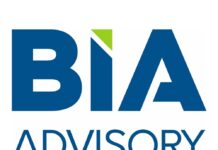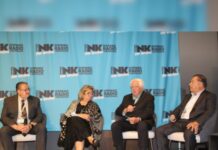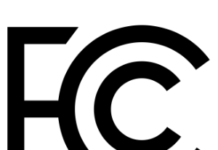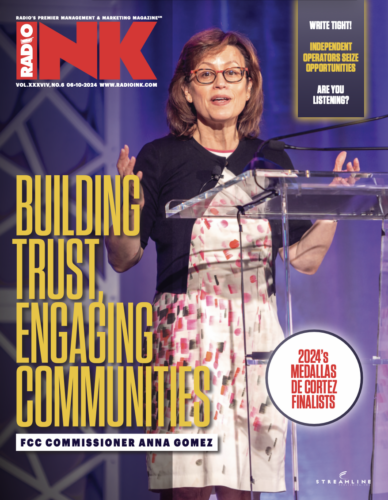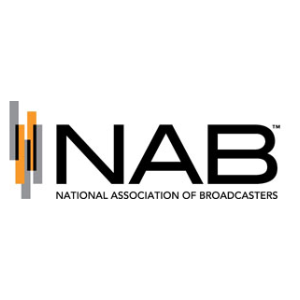
While the NAB’s call for increased deregulation across radio is nothing new, it did get a substantial update in a new filing with the FCC. The 55-page document lays out how outdated regulatory framework stifles broadcasters’ competitiveness against Big Tech.
The filing opens by quoting the 1995 House Report that would lead to the Telecommunications Act of 1996, saying, “The audio and video marketplace…has undergone significant changes over the past fifty years…To ensure the industry’s ability to compete…the Commission must reform Federal policy and the current regulatory framework to reflect the new marketplace realities.”
Speaking on its own, the NAB then gets directly to the point in its introduction, “The Commission takes for granted that broadcasters must provide a service at their own expense but free to the public, even though it is a unique and enormous public service obligation: only radio and TV stations are required to provide their products directly to the public through local outlets for free.”
“The Commission has never addressed how the math will continue to add up for free, over-the-air (OTA) broadcasting. If the FCC continues to ignore this vital question, at some point the industry’s asymmetric burdens may well lead some broadcasters to conclude that the best competitive strategy may be a shift to offering audio and video content via unregulated platforms – and at a price to consumers.”
The NAB cites Edison Research’s 2023 and 2024 Infinite Dial studies, revealing that online audio consumption has soared, with 70% of Americans having listened to online audio in the past week. Meanwhile, AM/FM radio’s share of time spent listening to audio sources has fallen from 52.1% in 2014 to 36% by the end of 2023, including both OTA and radio streams. The NAB says this stark decline underscores the pressing need for regulatory reform to ensure radio broadcasters can remain competitive.
FCC broadcast regulatory rules, including ownership restrictions and compliance burdens, prevents radio stations from achieving necessary scale and discourages investment, says the NAB. Additionally, they claim the FCC’s compliance and paperwork burdens divert resources from core broadcasting activities, further straining the economic viability of local radio stations.
Referencing Borrell Associates, the NAB shows how broadcast advertising revenue has been significantly eroded by the rise of digital advertising platforms. Borrell reports that nearly 68% of all local advertising dollars went to out-of-market digital platforms in 2022, with this share expected to rise to 74% by 2026. Major digital players like Google, Facebook (Meta), and Amazon dominate the advertising market, leaving local radio stations struggling to compete.
Local radio stations, especially those in mid-sized and small markets, face considerable challenges in generating sufficient advertising revenue. In 2023, the average station in the smallest Nielsen Audio markets (201-246) earned only 8.1% of the ad revenues garnered by the average station in the top-10 markets.
How can the FCC begin to fix the problem, according to the NAB? “The [Commission’s] 2024 report should take seriously the obligation to address ‘all forms of competition,’ including competition from new and emerging services, and evaluate how the digital and internet revolutions have transformed ‘competition to deliver’ video and audio services and placed significant and increasing competitive stress on the public’s free OTA broadcast services.”
